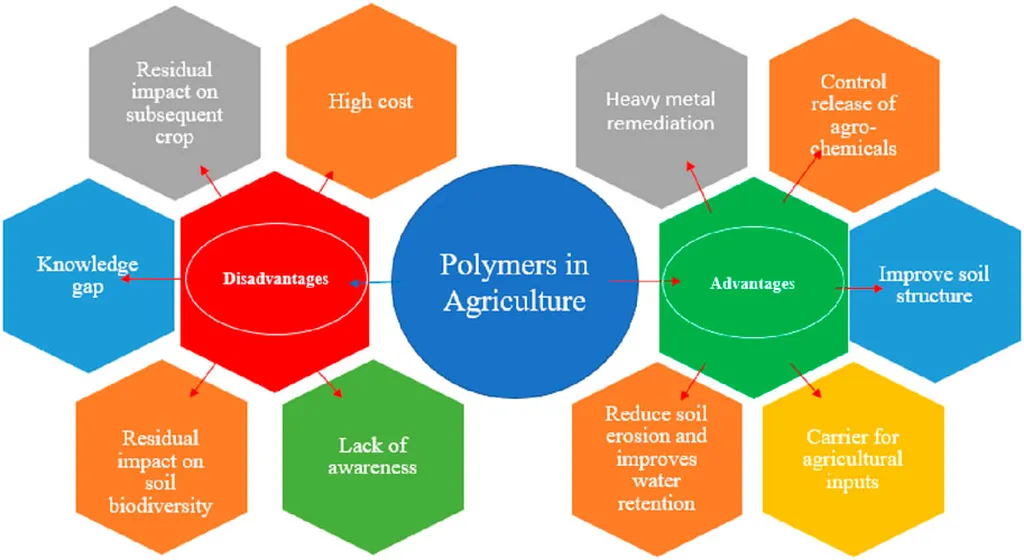In the heart of Odisha, India, a groundbreaking study led by Debadatta Sethi at the College of Agricultural Engineering and Technology, Odisha University of Agriculture and Technology (OUAT), is shedding light on the dual-edged sword that is polymers in agriculture. Published in the journal ‘Discover Soil’ (which translates to ‘Explore Soil’), this research delves into the potent benefits and environmental implications of polymers, offering a nuanced perspective that could reshape agricultural practices and, by extension, the energy sector’s reliance on biofuels.
Polymers, particularly superabsorbent polymers (SAPs), are increasingly being used to enhance crop productivity, improve soil quality, and conserve water resources. In water-scarce regions, SAPs can be a game-changer, helping retain soil moisture and boosting plants’ resilience. “These controlled-release polymers are a boon for agrochemical application,” Sethi explains, “as they reduce the amount of chemicals used, cutting down pollutants entering the environment.”
However, the story doesn’t end here. Synthetic polymers, while beneficial, come with their own set of challenges, primarily microplastic pollution. These tiny plastic particles can adversely affect soil porosity, potentially impacting soil health and, consequently, agricultural productivity. “The environmental risk associated with polymers, including the persistence of microplastics and their long-term effects on ecosystems, needs to be carefully addressed,” Sethi warns.
The research highlights that while current methods of polymer extraction and soil analysis, such as density separation and chemical extraction, show promise, they still require consistency and refinement. To mitigate the risks, further research is needed to reduce the environmental persistence of polymers, especially microplastics. “The SAPs require more research to reduce the risk of adverse consequences on soil and water quality in the future,” Sethi emphasizes.
So, what does this mean for the future of agriculture and the energy sector? As the world grapples with climate change and the need for sustainable practices, this research underscores the importance of striking a balance between leveraging the benefits of polymers and mitigating their environmental impacts. It calls for a shift towards sustainable use of chemicals in agriculture, which could, in turn, influence the biofuel industry’s raw material sourcing and production processes.
As we stand on the precipice of a new agricultural revolution, this study serves as a stark reminder of the need for responsible innovation. It’s a clarion call for stakeholders to come together, fostering a dialogue that could shape the future of agriculture and, by extension, the energy sector. After all, the path to a sustainable future lies not just in harnessing the power of technology, but also in understanding and mitigating its impacts on our environment.

